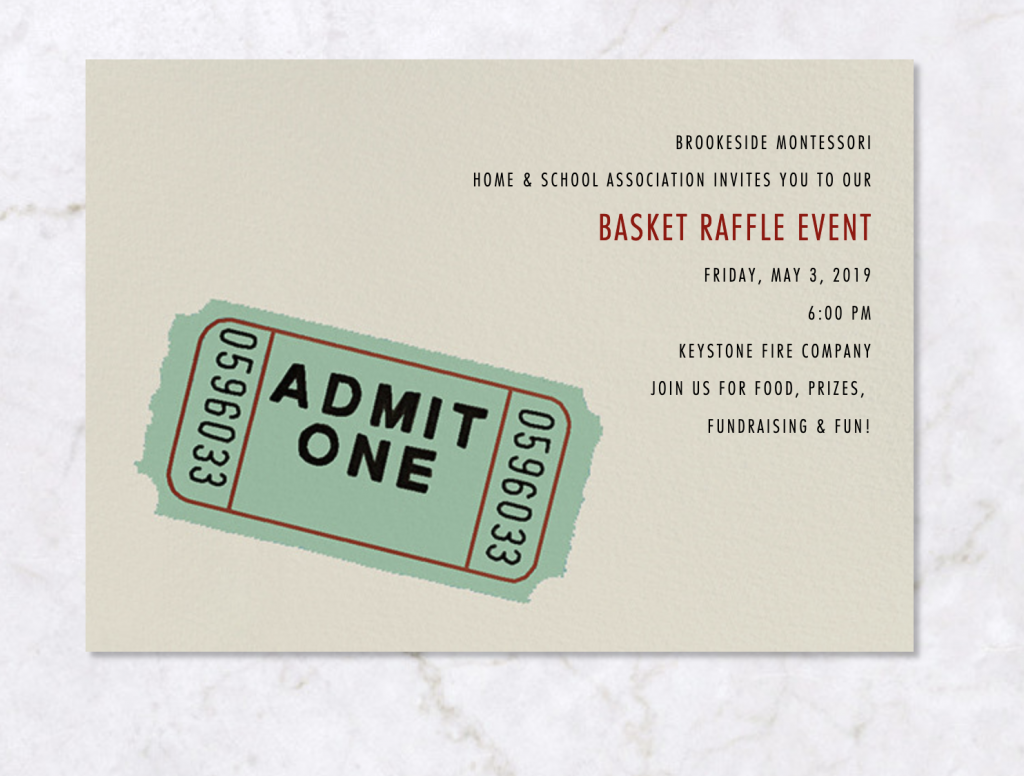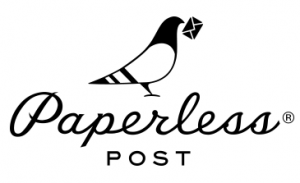Stopping by here to share one of the things I love about digital communication: the ability to still exercise your creative design muscles but also improve the efficiency and expense of communication and event planning!
Btw, I’m not going to turn this into a rant about the totally inappropriate ways that school administrators around the world are requiring their teachers and schools to be “paperless” – I mean, really, how does dictating the ways in which teachers communicate with students and students submit documentation of their learning really promote agency and a cohesive learning culture? It doesn’t. Sometimes, there are reasons for paper. And sometimes it makes sense to go digital. Think about the why.
This is a quick reflection of my experiences with how “going digital” made my event-planning life a little easier. I was recently approached by Paperless Post to share my thoughts on their service and I’m happy to do so here, because I see many uses for the posts in both personal and school-based contexts.
If you’re a parent of a school-age child or you are a teacher or administrator who regularly plans school events, you’ve likely found yourselves behind photocopiers duplicating event fliers or trying other services to reach as many of your school constituents as possible. If you’re confident in your ability to reach your recipients digitally, check out Paperless Post.
My children attend a small, local school, and thus the responsibilities of organizing school events fall on a handful of parents. Fundraising is an important part of our home-school association goals, and we have to make the most of the time and each event we plan. This spring we’re holding a community basket raffle event and we need donations from local businesses. We also need to advertise to school families and get the word out to the greater community so we can encourage the greatest participation!
Honesty alert: My “checking-the-school-backpack” skills are quite lacking. My email checking skills, however, are on point. Same for my Facebook and Instagram scrolling tendencies. So to reach the most parents and community members, it makes sense to communicate digitally, at least in part, to make sure everyone knows about our upcoming event. We use email groups to communicate with our families frequently, so the idea of using a digital invitation works well for our community.
There are many digital invite services to choose from, so why choose Paperless Post? No matter the occasion, they have you covered. New interactive flyers, invitations for professional events, birthday and wedding-related gatherings, and all the rest. Invites are fully customizable (color schemes, images, typography) and can be emailed directly to guests, or shared via link. There are various pricing options as well, all based on Paperless Post’s coin currency, however there are many *free* invitation options!
I designed both a flyer and an event invitation for use with our upcoming school fundraiser, and I can’t wait to see which design the committee chooses to use!


I also am in love with the kids’ stationery sets in Paperless Post. I had no idea how beautiful these cards are! I’m forever sending thank you notes for birthday and holiday gifts, and this would be such a special way to personalize the experience. Using the speech-to-text tools on my device, my kids (ages 3 and 6) could even “write” their thank you notes themselves!

How are you embracing digital communication in your life? Or are you a believer that paper is best? I was committed to sending paper invites for my family celebrations in the past, but after trying Paperless Post, I am convinced it’s an equally special form of communication! If you want to try it yourself, use my referral link and you’ll receive 25 free coins to get started!
This post is sponsored by Paperless Post. All reviews and opinions expressed in this post are based on my personal views.


